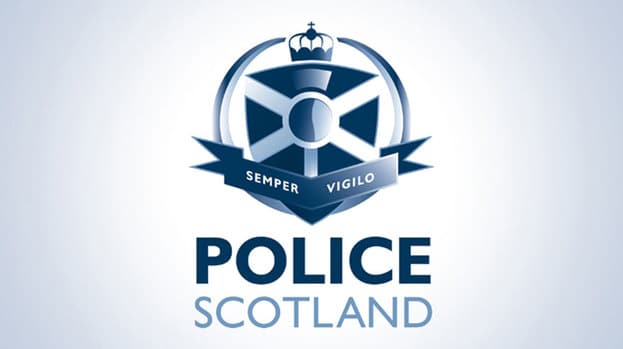Scotland Police identify 650 firms, big and small, as fronts for organised crime
BUSINESSES ranging from local pubs to multi-million pound empires have been identified among 650 Scottish firms which are fronts for organised crime.
The revelation about how deep the criminality is entangled in the economy has been laid bare by Police Scotland and other law enforcement agencies.
It is the first clear indication of how far gangsters have infiltrated businesses since the new force was launched in April 2013.
Detectives have listed 150 serious and organised crime groups linked to “seemingly-legitimate businesses” although the final list pooled from 15 partner agencies, including tax investigators the HMRC is not final.
Police announced the new figures, but no name of any individual firm, as they, the Scottish Government and other agencies unveiled a “refreshed” strategy for tackling organised crime, especially relatively recent developments such as people trafficking or cyber fraud.
They did so amid millions of pounds worth of seized drugs and a stash of confiscated weapons, including an Kalashnikov AK-47 assault rifle and a World War Two-era Sten gun.
But the refreshed strategy makes it more than clear that law enforcement is no longer just pursuing the drugs, guns and cash of gangsters. The new document focuses on the wider threat of a corrupted and criminalised business sector.
Detective Chief Superintendent John Cuddihy said: “The refresh of the strategy is about targeting the “enablers”, the finance or transport specialists, because without them, organised crime can’t function.
“We need to turn the enablers in to inhibitors.”
Police have long sought to use what they call “legally audacious” tactics to disrupt crime fronts in the commercial world, such as taxi and bus firms, nightclubs and tanning salons.
But senior officers stressed their intelligence database no longer simply included such traditional money-laundering vehicles.
The Scottish Crime Campus at Gartcosh, the purpose-built hub now the envy of much of Europe, brings together 16 organisations. These have all contributed information of criminal front firms.
Mr Cuddihy: “Every day is a school day. All of the experts we have within the the crime campus means we no longer see the word ‘secret’ as an inhibitor.”
The detective stressed that firms on the list could easily turn over millions and employ scores of workers as major industries – such as landfill and rubbish disposal – come under attack from gangsters.
He said: “One of the richest areas is waste management. Here are £50-60m contracts up for offer. So businesses involved with organised crime will go from small firms or a multi-national.”
But Mr Cuddihy stressed that size – some of these firms will have employees who have no idea about the criminal ownership or control – did not make gang fronts untouchable.
Holding a tiny keyring gun – hand-made in Scotland with two 22 rimfire rounds, he pointed at a Kalashnikov. “This is just as lethal as an AK-47.
“Equally a big firm does with 100 people doesn’t have to be stronger than a company with just one person.”
Assistant Chief Constable Ruaraidh Nicolson said: “Organised crime groups are diversifying, they are looking for whatever opportunity they can get to get involved in a business they can make money from.
“The are every kind of business we you can think of. So from from waste management right through to cyber.”
Mr Nicolson stressed that the 650 represent “those firms we know about”. He added: “We have got them documented and detailed and we have work ongoing to better understand what the involvement is.
“When we get to a point when we understand that better, we will take action.”
Justice Secretary Michael Matheson formally unveiled the new strategy yesterday.
He stressed that exact numbers of companies criminalised would fluctuate. He said: “This is extremely important economically. Some of these groups are cash-rich and sophisticated organisations and we need to make sure they don’t infiltrate businesses and use them for their own illegal purposes.”
Mr Matheson highlighted the importance of the Scottish Business Resilience Centre, which, among other things, offers advice to firms on how to protect themselves from gangsters.
The most recent intelligence map of organised crime in Scotland identified 232 gangs with 3700 individuals. Some 70 per cent of the gangs were based in the west, 18 per cent in the east and 10 per cent in the north.
Despite diversifying in to new areas, about two-thirds of Scottish crime gangs are still in the drugs business. As widely reported in recent years, indigenous groups are now competing with Chinese gangs to grow cannabis in country and to import benzocaine as a cutting agent – or even cheap substitute – for cocaine.
The launch of the new strategy was on Thursday at the Crime Campus. It came after Mr Matheson had watched an operation to raid on six properties in Fife. Five people were arrested and £1.5m worth of drugs and £85,000 of cash were seized.














